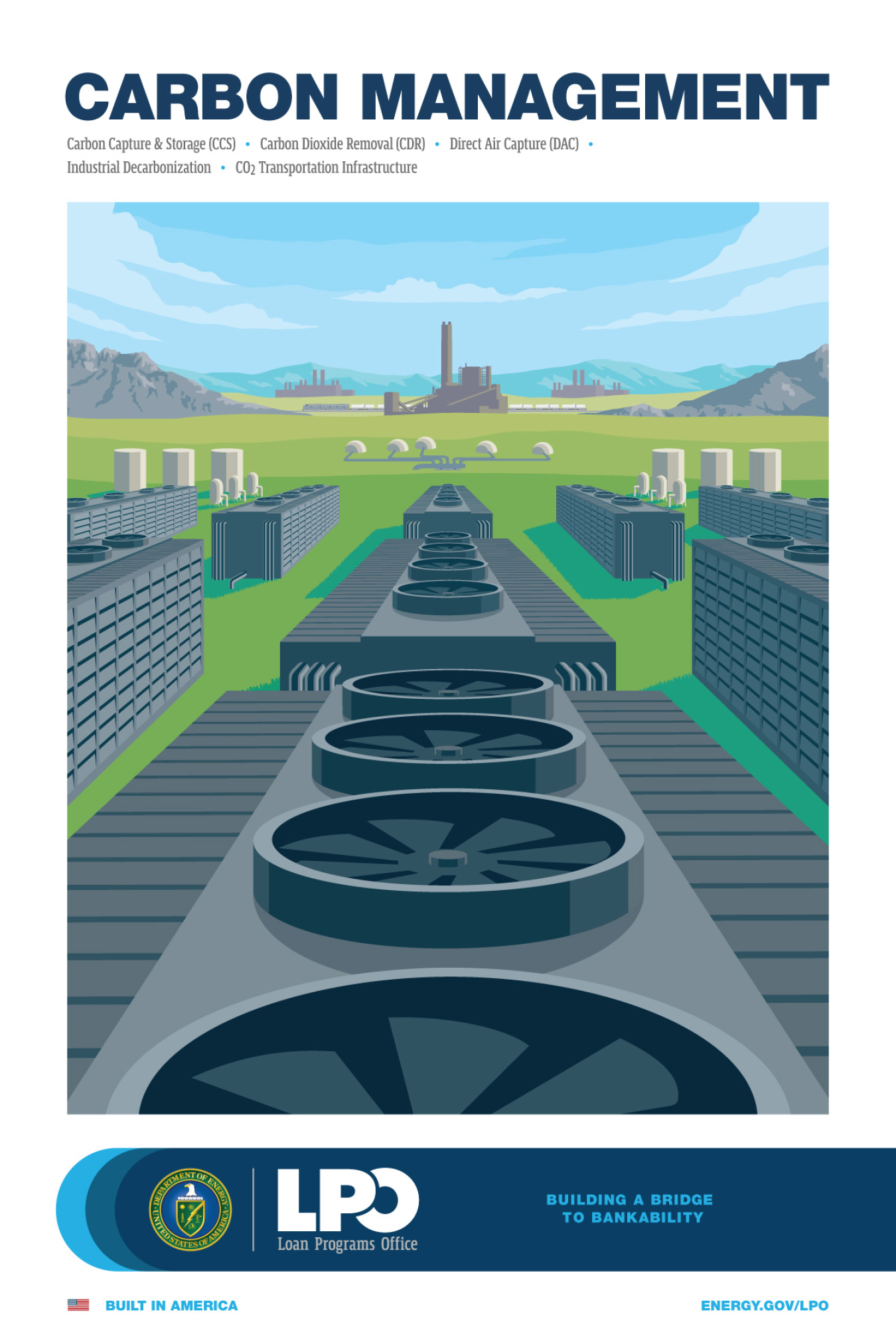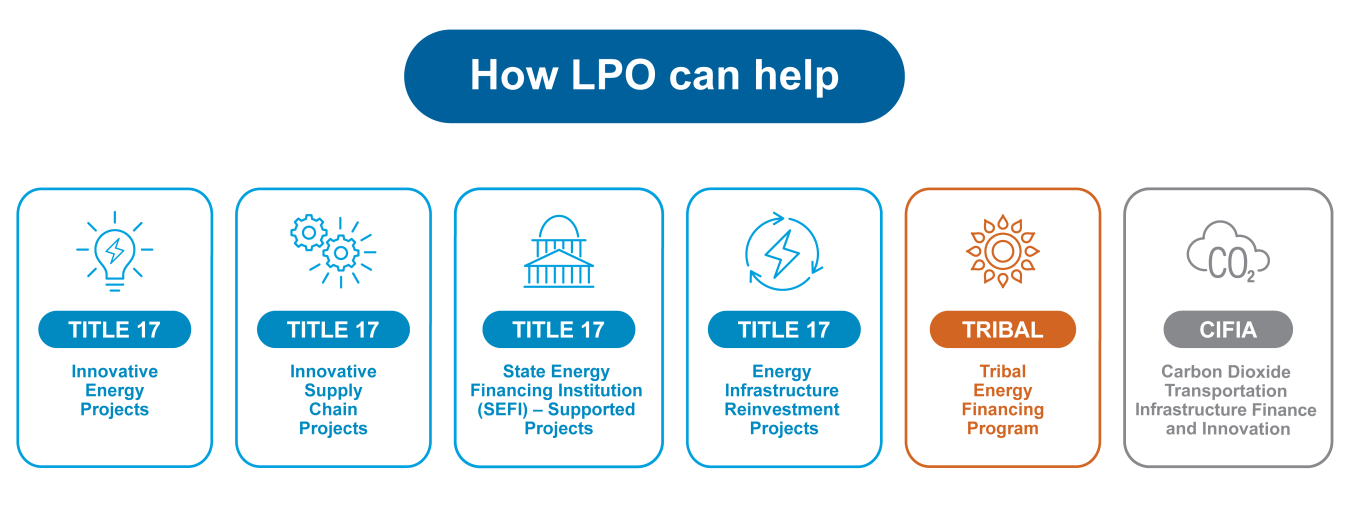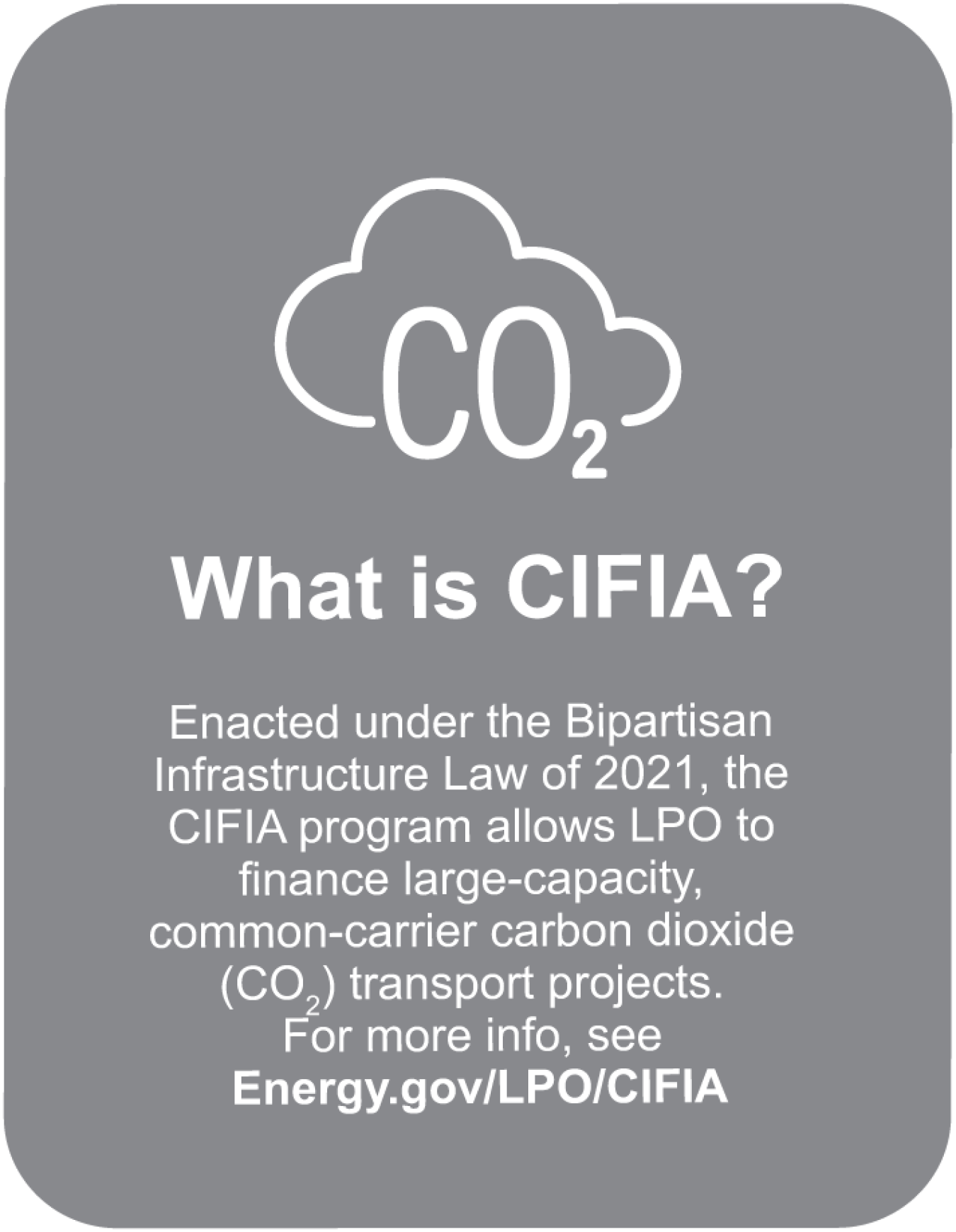Jigar Shah, Director of the Loan Programs Office, dives into how the DOE Loan Programs Office (LPO) is supporting U.S. carbon management projects in line with the Biden Administration’s clean energy goals.
June 12, 2023
Download LPO's Carbon Management poster.
In this post, I’m diving into how the Department of Energy (DOE) Loan Programs Office (LPO) is supporting U.S. carbon management projects.
Today, several technologies in carbon dioxide (CO2) capture, utilization, and storage are already deployed at large scale; but others, including those that offer the promise of better performance and lower unit costs, require further development and deployment assistance. LPO may be able to support technology deployment across a number of milestones to bankability.
DOE has outlined the opportunities and challenges associated with deploying carbon management technologies in in its Pathways to Commercial Liftoff report on carbon management. The reports emphasize that the United States energy transition goals will require capturing and storing 400 to 1,800 million tonnes per annum (MTPA) of CO2 by 2050, through both point-source carbon capture, utilization, and storage and carbon dioxide removal. With over 20 MTPA of capture capacity, the United States already leads the world in carbon management, and the United States is an attractive policy and resource environment for further deployment. This is in part helped by a supportive policy environment, including federal 45Q tax credit as well as other policies, that are helping attract private sector investment.
In industries with high-purity CO2 streams (e.g., ethanol, natural gas processing, some hydrogen applications), carbon management projects are already financially attractive. Several large projects in these areas are in active development and could contribute to the build-out of the enabling transportation and storage infrastructure for future projects. Industries with lower-purity CO2 streams and distributed process emissions will require project economics to improve to make widescale deployment likely in the absence of other drivers. Demonstration projects from now through 2030 can support cost declines—both through learning-by-doing and standardizing project development structures.

DOE has also launched Carbon Negative Shot—an all-hands-on-deck call for innovation in CDR pathways that will capture carbon dioxide from the atmosphere and store it at gigaton scales for less than $100/net tonne of carbon dioxide-equivalent. The Carbon Negative Shot requires the investment of funding and resources to enable the scale-up of multiple carbon dioxide removal approaches in support of the Biden-Harris Administration’s goal of net-zero emissions by 2050.
LPO’s Title 17 Clean Energy Financing Program may be able to provide access to debt capital to support the domestic deployment of carbon management projects that meet programmatic requirements – including use of innovative technology and the avoidance, reduction, or sequestration of greenhouse gas emissions.

In addition, LPO partners with DOE’s Office of Fossil Energy and Carbon Management to offer access to capital for large-capacity, common-carrier CO2 transport projects (e.g., pipelines, rail, shipping, and other transport methods) under the Carbon Dioxide Transportation Infrastructure Finance and Innovation Act (CIFIA) Program, as enacted by the Infrastructure Investment and Jobs Act. Carbon management technologies, including direct air capture, must be deployed at a large-scale in the coming decades to reduce hard-to-abate CO2 emissions from the industrial sector. CIFIA will support carbon management technology deployment by financing projects that build shared CO2 transport infrastructure. This infrastructure will benefit from economies of scale and help form an interconnected carbon management market.
As of the end of May 2023, requested financing from LPO for carbon management sector-based projects via active loan applications totaled $12.7 billion. For more current details, view LPO’s Monthly Application Activity Report, which explains the level of interest from applicants for LPO financing and what technology sectors have been most actively engaged with LPO.
Carbon Management News Roundup
- Carbon capture and removal projects hit a record high in 2022 (Canary Media chart)
- Biden Admin To Invest $251 Million in Carbon Capture (Time)
- Can carbon removal become a trillion-dollar business? (The Economist)
- U.S. Carbon Capture Set For Liftoff According To DOE Report (Carbon Herald)
- Pathways to Commercial Liftoff: Carbon Management Liftoff (DOE webinar)
Jigar Shah

Former Director, Loan Programs Office
Jigar Shah served as Director of the Loan Programs Office (LPO) at the U.S. Department of Energy (DOE) from March 2021 to January 2025. He led and directed LPO’s loan authority to support deployment of innovative clean energy, advanced transportation, and Tribal energy projects in the United States. Prior, Shah was co-founder and President at Generate Capital, where he focused on helping entrepreneurs accelerate decarbonization solutions through the use of low-cost infrastructure-as-a service financing. Prior to Generate Capital, Shah founded SunEdison, a company that pioneered “pay as you save” solar financing. After SunEdison, Shah served as the founding CEO of the Carbon War Room, a global non-profit founded by Sir Richard Branson and Virgin Unite to help entrepreneurs address climate change.
Shah was also featured in TIME's list of the "100 Most Influential People" in 2024.
Originally from Illinois, Shah holds a B.S. from the University of Illinois-UC and an MBA from the University of Maryland College Park.

